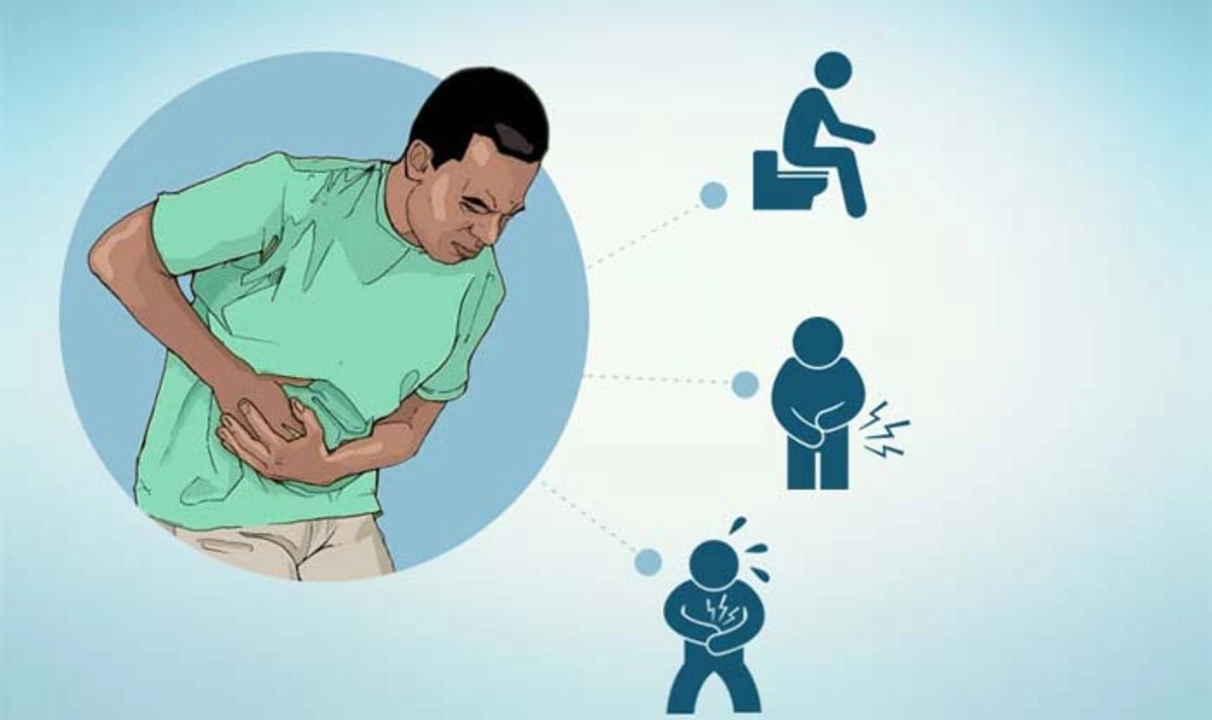Amoeba infections: recognize symptoms, get the right treatment, and prevent them
Some amoebas only cause mild stomach upset. Others can cause bloody diarrhea, liver abscesses, or even rare but deadly brain infections. Knowing what to watch for and what to do next can make a big difference.
How to spot an amoeba infection
Most common: Entamoeba histolytica causes amoebic dysentery. Look for cramps, watery or bloody diarrhea, fever, and sudden weight loss. Symptoms can start days to weeks after exposure.
Less common but serious: Naegleria fowleri affects the brain after contaminated water goes up the nose. Early signs look like meningitis—severe headache, fever, nausea, stiff neck, confusion, and rapid decline. This needs emergency care.
Other signs that mean you should see a doctor now: high fever, passing lots of blood, signs of dehydration (very little urine, dizziness), severe belly pain, or mental changes. For liver involvement, you might have fever, pain under the right ribs, and tenderness over the liver.
Diagnosis, treatment, and what to expect
Doctors usually test stool for parasites with microscopy, antigen tests, or PCR to identify Entamoeba histolytica. If a liver abscess is suspected, an ultrasound or CT scan helps. For suspected brain infection, imaging and urgent specialist care are required.
Treatment depends on the type. For intestinal or invasive Entamoeba histolytica, doctors often start a nitroimidazole drug (like metronidazole or tinidazole) to kill tissue forms, followed by a luminal agent (such as paromomycin) to clear cysts in the gut. Follow the full course so the parasite is cleared and you don’t stay contagious.
Brain infections like those from Naegleria fowleri are emergencies. Treatment may include intravenous amphotericin B and other drugs like miltefosine; outcomes vary and fast hospital care is critical.
Simple self-care helps with recovery: stay hydrated, use oral rehydration solutions if you have diarrhea, and avoid anti-diarrheal medicines unless your doctor says it’s okay. Tell your provider about recent travel, swimming in warm freshwater, or risky food and water exposure.
Preventing amoeba infections is mostly common sense. Drink bottled or boiled water when the supply is uncertain. Avoid swallowing or forcing water up your nose when swimming in warm lakes, rivers, or hot springs. Wash hands thoroughly with soap after using the bathroom and before handling food. Wash fruits and vegetables with safe water and peel when possible.
Want to lower risk while traveling? Choose cooked foods, drink sealed bottled drinks, skip ice from unknown sources, and use boiled or treated water for brushing teeth. If you care for someone with an amoeba infection, follow hygiene steps and ask your clinic about precautions.
If you think you or a family member has an amoeba infection, don’t wait. Quick testing and the right medicine prevent complications and help you get back to normal faster.

